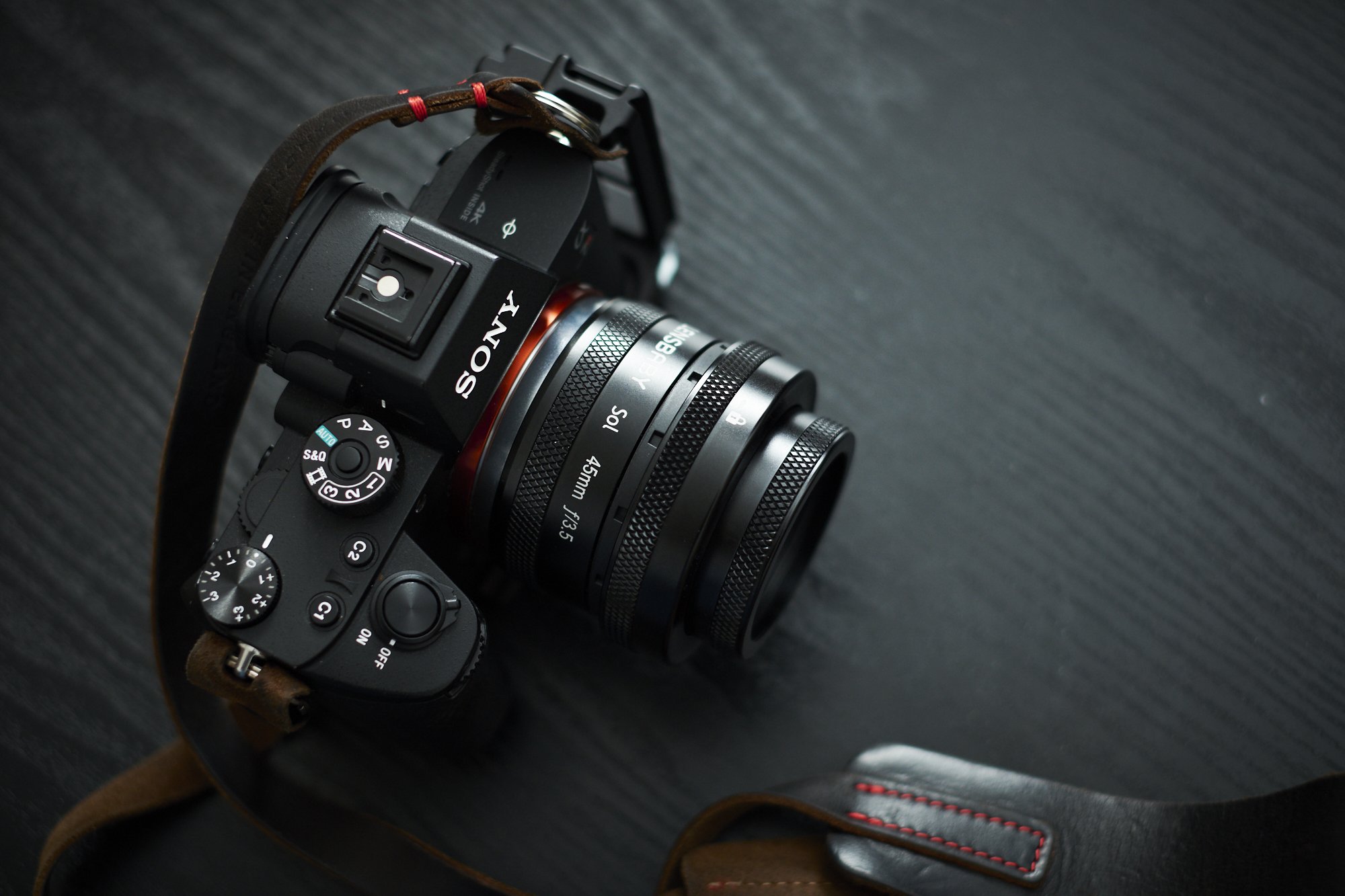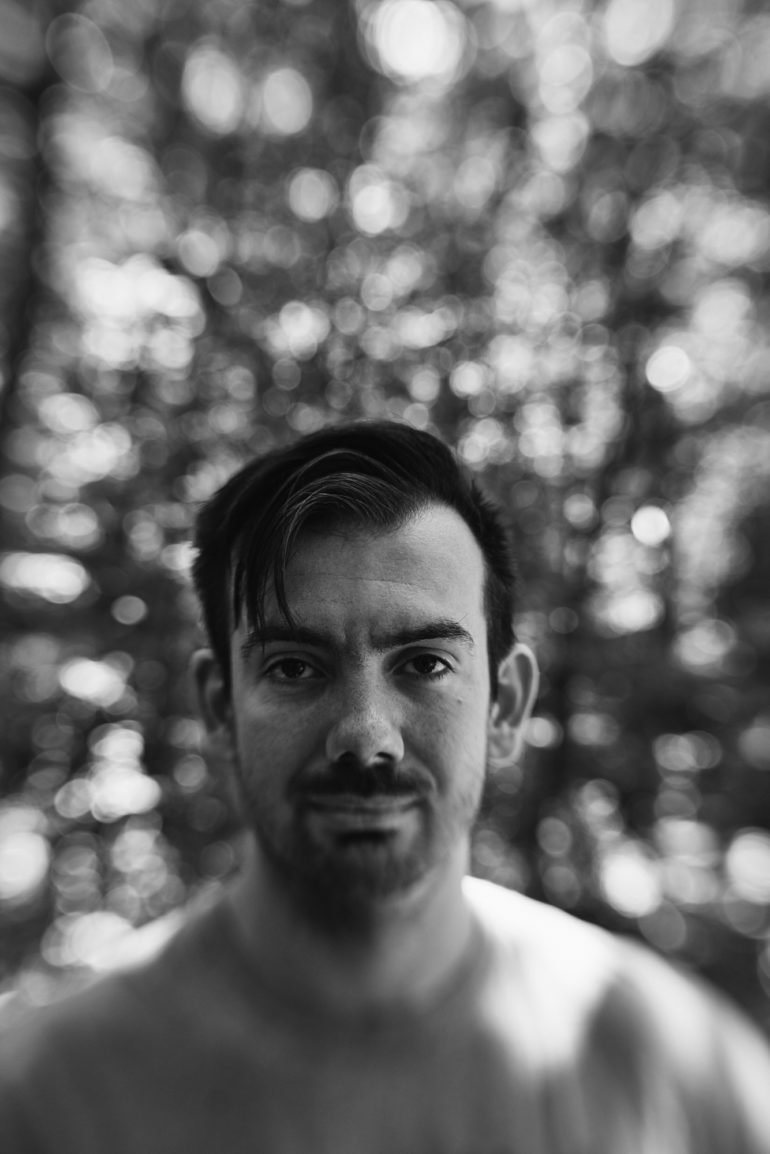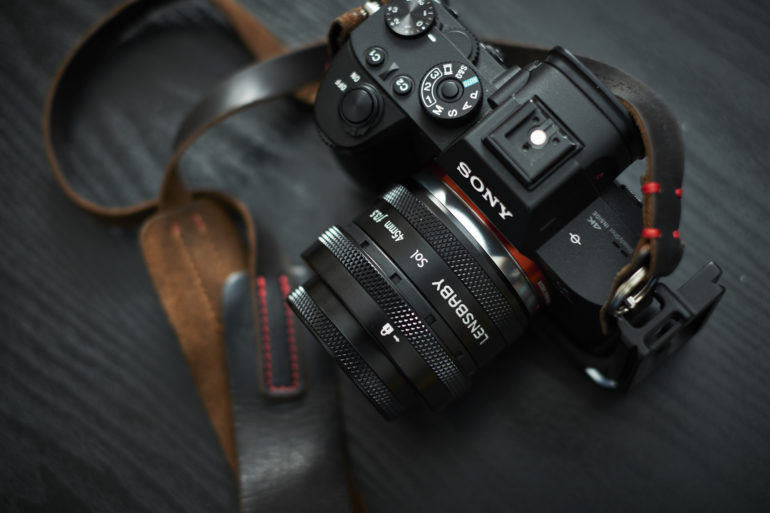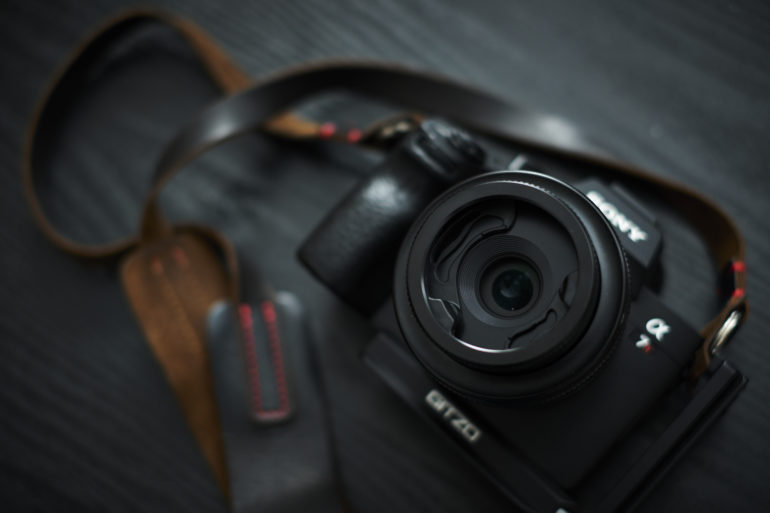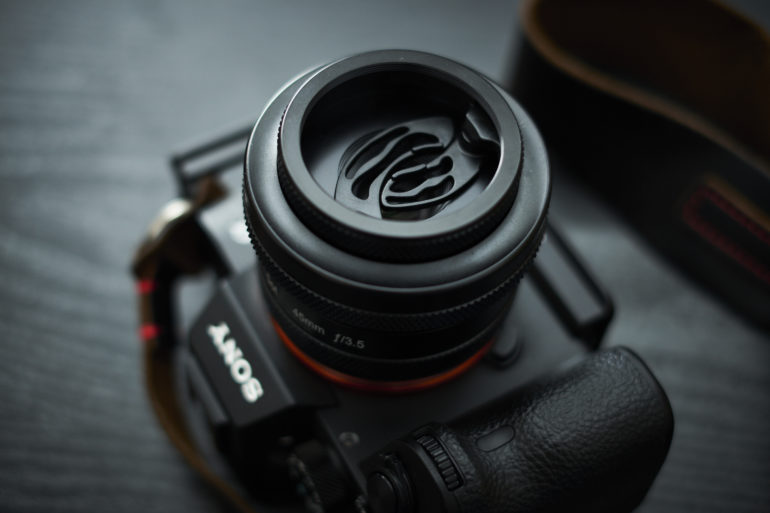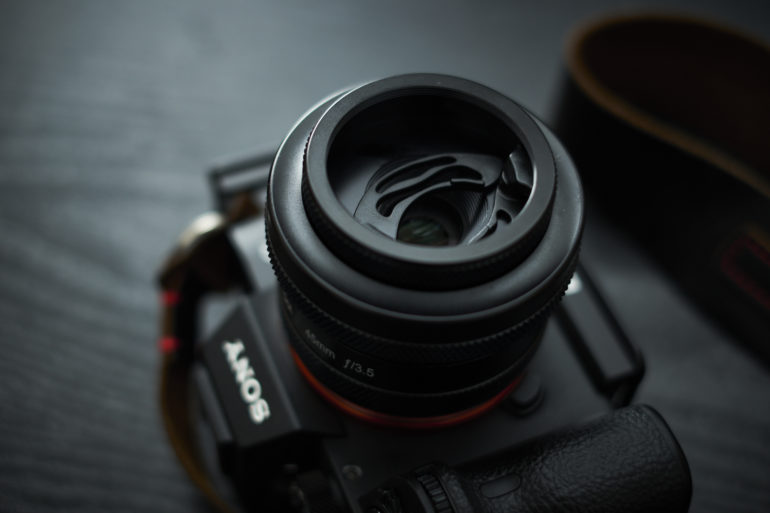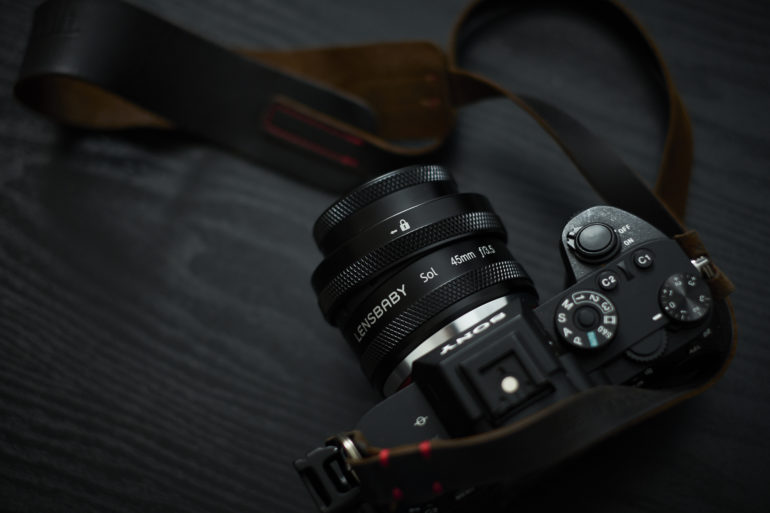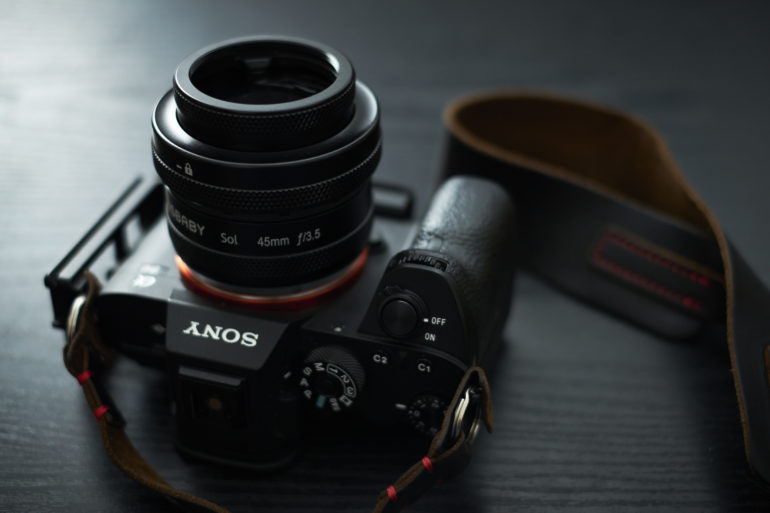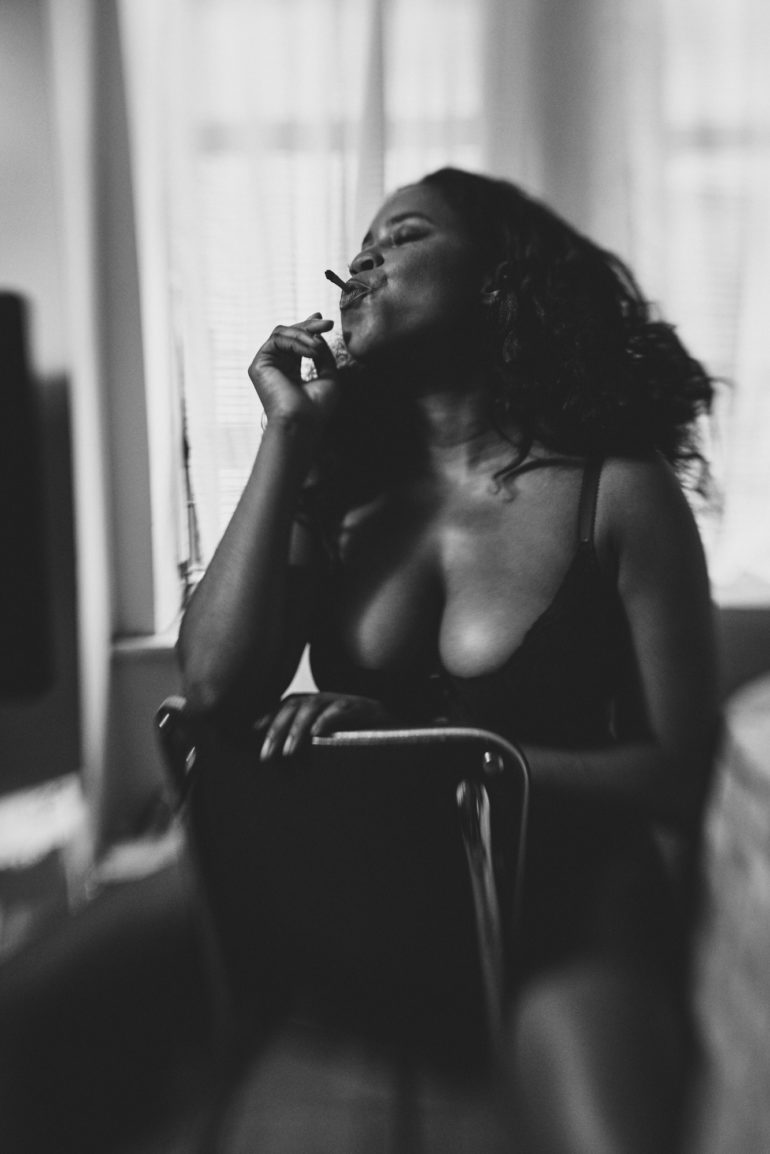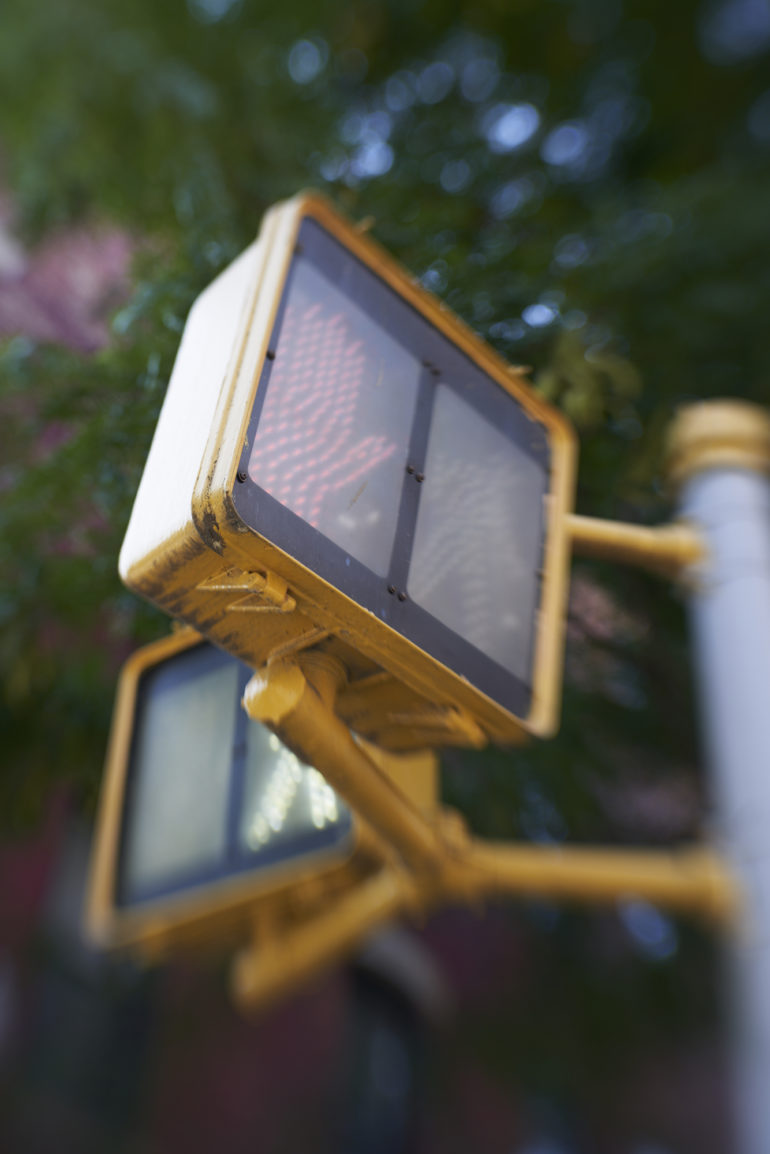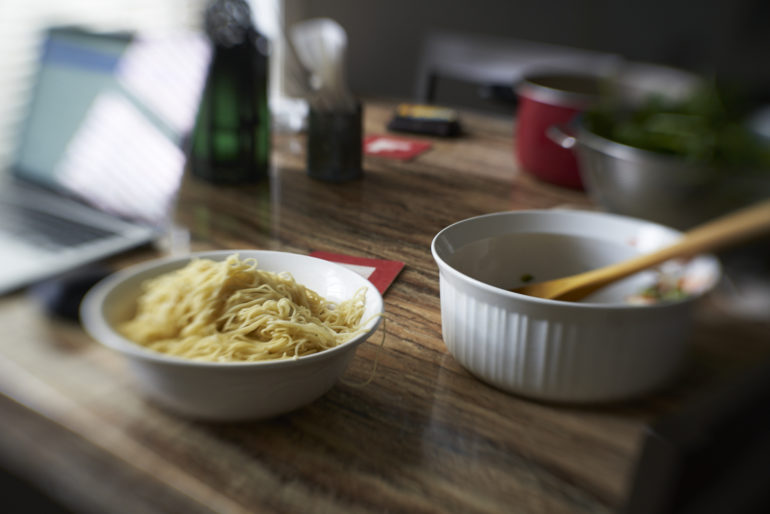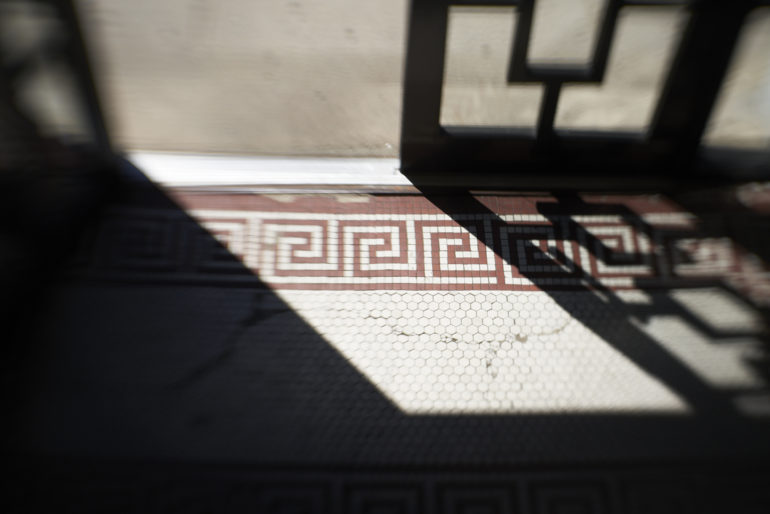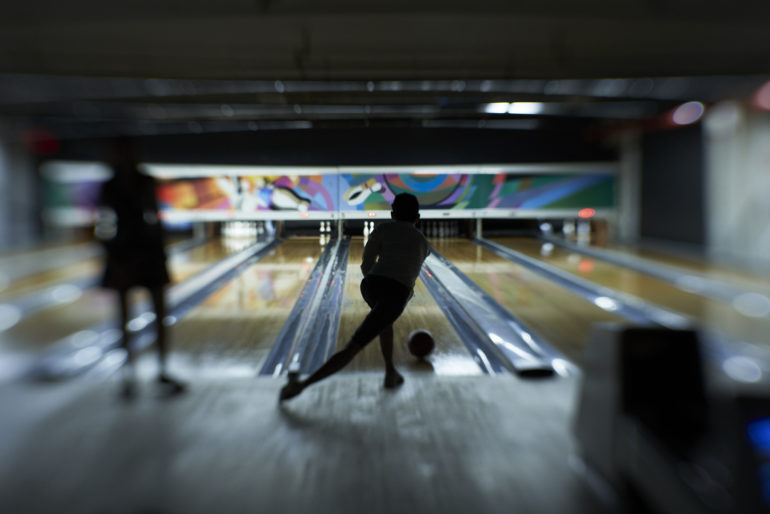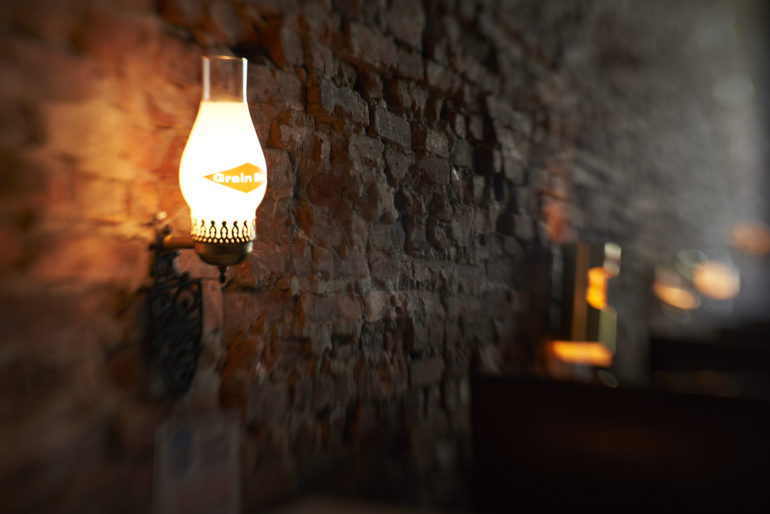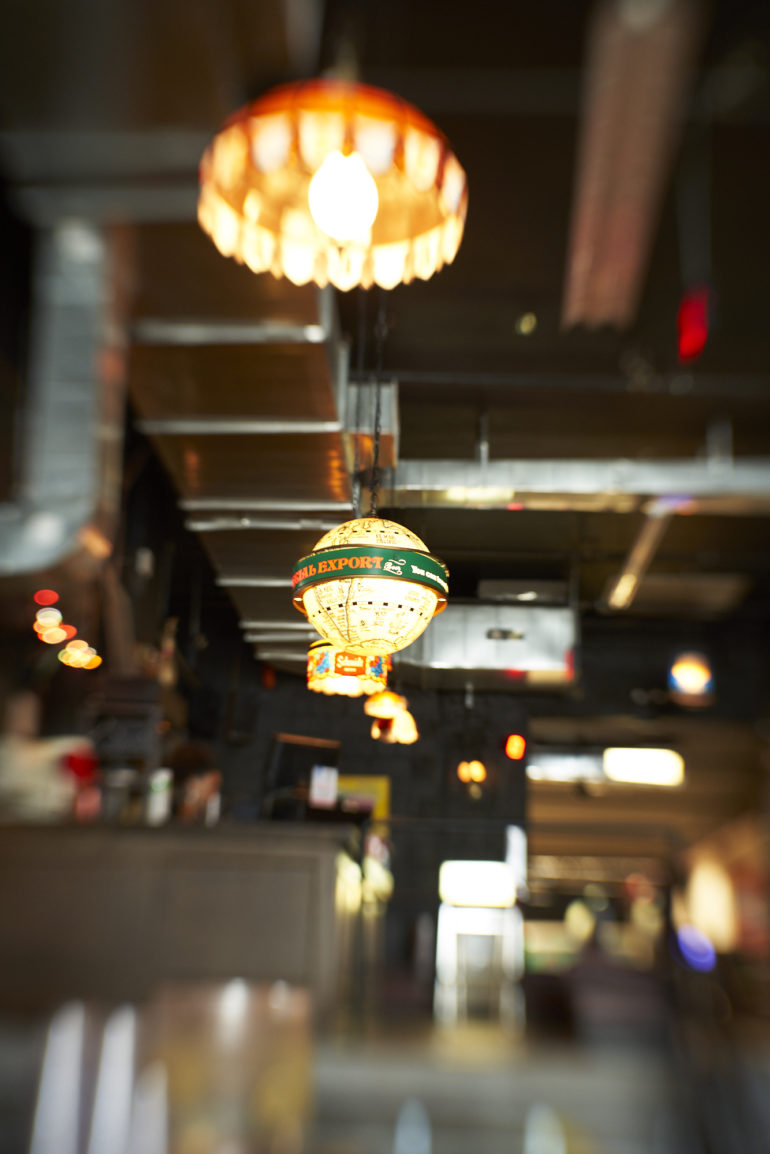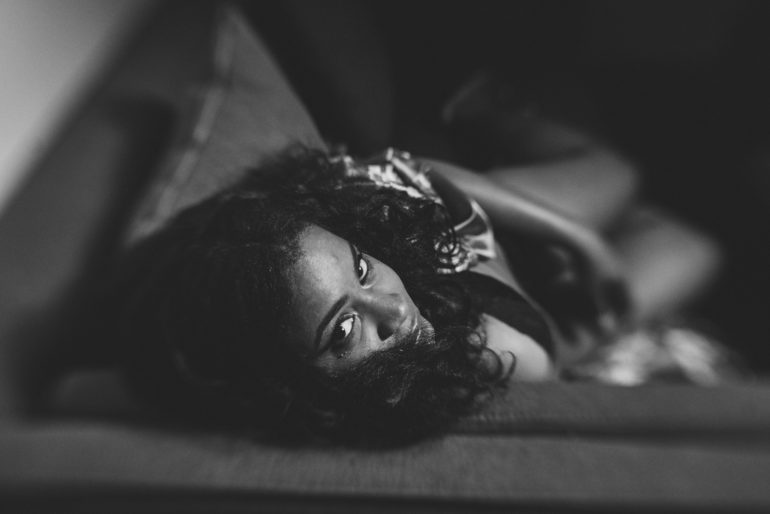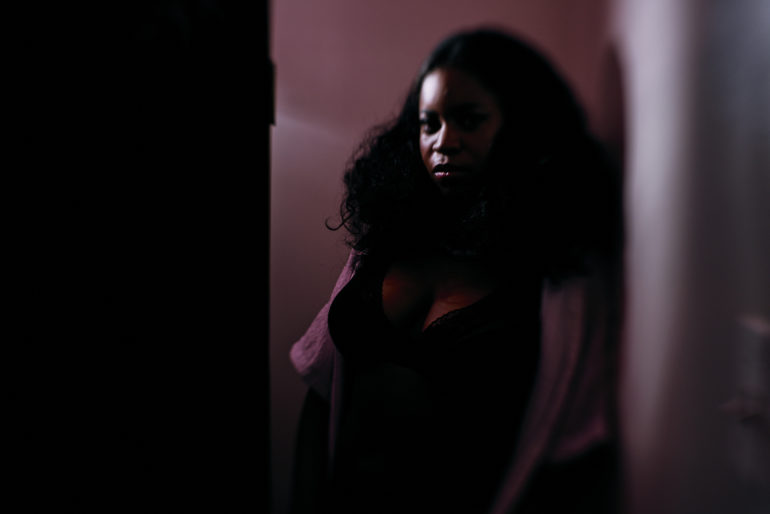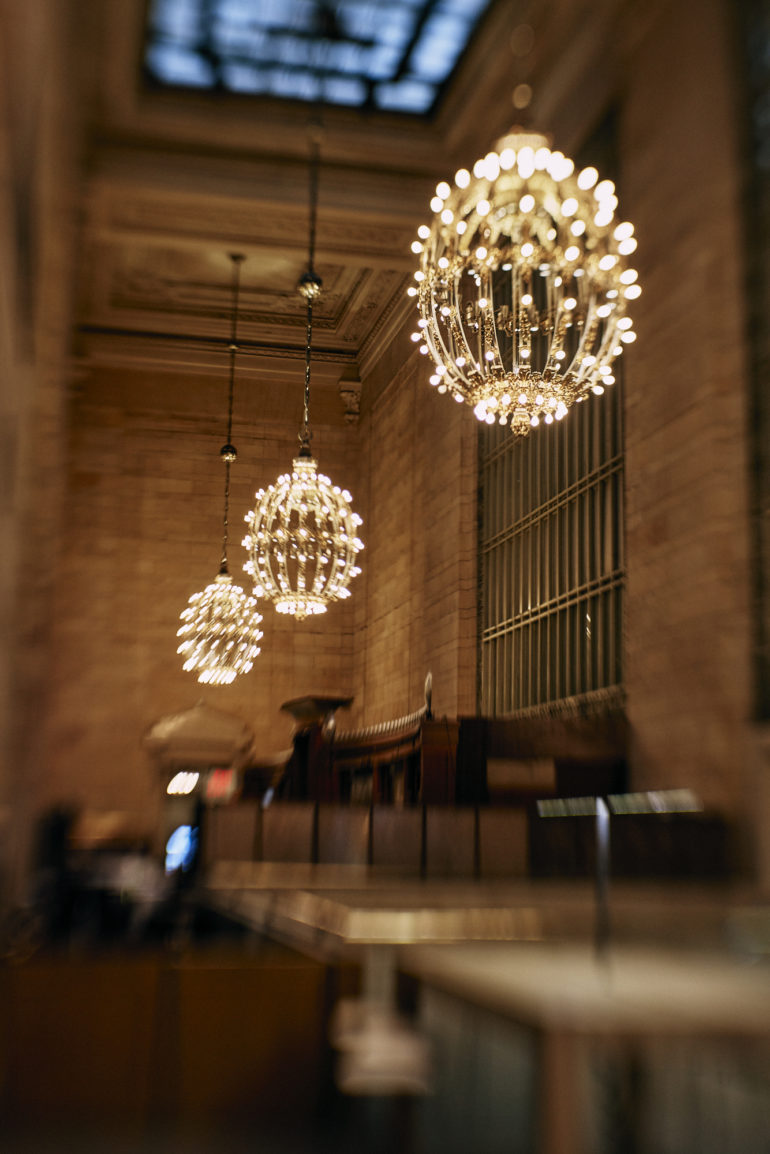Last Updated on 08/07/2018 by Mark Beckenbach
The Lensbaby Sol 45 takes the best of their composer series and blends it with some unique bokeh.
We’ve been testing the new Lensbaby Sol 45 for a few months, and with its unique features this lens could be a favorite of many photographers who love their bokeh. But for photographers who want to use it for something more serious, the Lensbaby Sol 45 could present an inherent and sometimes annoying challenge. For starters, it’s a fixed f3.5 aperture lens. While it’s capable of rendering sharp images, I can’t get behind the lack of interchangeable apertures. However, what you do get instead is the ability to change the shape of the bokeh ever so slightly with Lensbaby’s token shifting abilities.
We’ve been using it on the Sony a7r III and the Sony a7. And there is a lot about it that we like despite a few qualms.
Pros and Cons
Pros
- Gorgeous colors
- Fun effects
- Embracing this quirky and experimental effect
- Fairly sharp
- I love that the locking ring recenters the optics.
- Small size
Cons
- Interchangeable apertures are DESPERATELY NEEDED
Gear Used
The Lensbaby Sol 45 was tested with the Sony a7r III and the Sony a7 original.
Lensbaby Sol 45 Ergonomics
Using the Lensbaby Sol 45 and holding it aren’t really a new experience if you’re already familiar with the Lensbaby system. But if you aren’t, it will be a totally new experience. Looking at the lens you find the focusing ring is the inner ring towards the front while the middle textured ring with the lock on it is for controlling the tilt shift abilities. The exterior is metal and there are little to no markings on the Lensbaby Sol 45.
Turn towards the front of the Lensbaby Sol 45 and you’ll see part of what makes it so special. Here is where you can configure how the bokeh looks. In the image above, it’s in its standard set up.
Photographers can bring the clips towards the front of the lens closer in and affect the appearance of the bokeh. It’s subtle, but you can see it.
Alternatively, a photographer can use only one clip if they want. To get the best effect, focus closely on a subject and get some bokeh balls in the back.
When the Lensbaby Sol 45 is in its unlocked position, the front can tilt about. It’s standard for a Lensbaby product; well, for many of them!
Build Quality
Entirely made of metal on the exterior, the Lensbaby Sol 45 is built overall to be a very solid lens, but it lacks weather sealing. The lens is comprised of three controls; the bokeh control on the front of the lens, the manual focus ring, and the ring lock which unlocks the shifting abilities. All of these, despite being not the most ergonomically friendly for those of you with larger clappers, work well enough.
Ease of Use
Using the Lensbaby Sol 45 is pretty straight forward if you’ve done it before. Otherwise, I expect someone to sit there scratching their head because they’re not used to working with something so unconventional. So here’s the skinny:
- Lock the shifting ring on the body and you can use the lens like any normal manual focus lens.
- Want to change up the shape of the bokeh? Use the little modifier thingers on the front.
- Want to shift the focus, unlock the lens to use it for tilty-shifty things. If you’ve never used a tilt shift before, start seeing the world in a new way.
I think those who embrace experimentation may have the easiest time with this lens. Also, you’ll need to adjust the front bokeh blades for their according effect.
Focusing
Focusing the Lensbaby Sol 45 is done manually and there is no zone focusing scale. Your best bet is to use focus peaking and focus magnification to ensure that you’ve got the subject accurately in focus. That gets more difficult the more you shift the focus away from the center of the lens. But at the same time, you get a cool effect.
Image Quality
The image quality from the Lensbaby Sol 45 isn’t honestly that awful. In terms of technicalities, it isn’t going to win any sharpness awards. But I didn’t find any issues with CA and it’s designed more for the color and the bokeh. That’s what you’re getting here.
Bokeh


One of the biggest reasons why you’d use the Lensbaby Sol 45 is for the bokeh effect. As you can see in the image above, moving the blades in front of the lens element gives more definition to the bokeh. It changes it very subtly.
Personally, I have to say that I’m much more of a fan of the normal bokeh and the tilting effect that the lens can deliver. I’ve tried it over and over again, and I think that it was a good attempt, but still have no cigar here.
Color Rendition
When used with the Sony a7r III and the Sony a7, if you use the vivid color mode the colors will be fantastic and gorgeous. I have no complaints here at all. The colors are uniquely different from that of Sigma, Tamron, etc. If anything, I’d relate them to Canon the most.
Chromatic Aberration
CA, in its most basic idea, isn’t really present with the Lensbaby Sol 45. There is no fringing and distortion is negligible. Let’s move on.
Sharpness
This isn’t Lensbaby’s sharpest lens by far. But in the right light and with the right setting, it can be very sharp in its rendition of the scene. Still, it’s not touching anything made in Korea, Japan, or even Europe.
Extra Image Samples
Conclusions
Likes
- Colors
- Effects
- Build Quality
Dislikes
- Needed interchangeable apertures
- The bokeh effect isn’t as pronounced as I wish it were.
I’ve been a big fan of Lensbaby for years now, but with the Lensbaby Sol 45 I feel like the company didn’t give it their all. If I were able to make the aperture blades into the shape of a heart or something, then my nerdy, Scott Pilgrim-loving heart would be smitten. But this feature honestly feels like a waste of R&D. Without that though, I really do like the tilt shift effect, the colors, and the sharpness when there is careful thought and composure put into the scene.
At $199.95, you really can’t go wrong here just to mess about. The Lensbaby Sol 45 receives four out of five stars.


